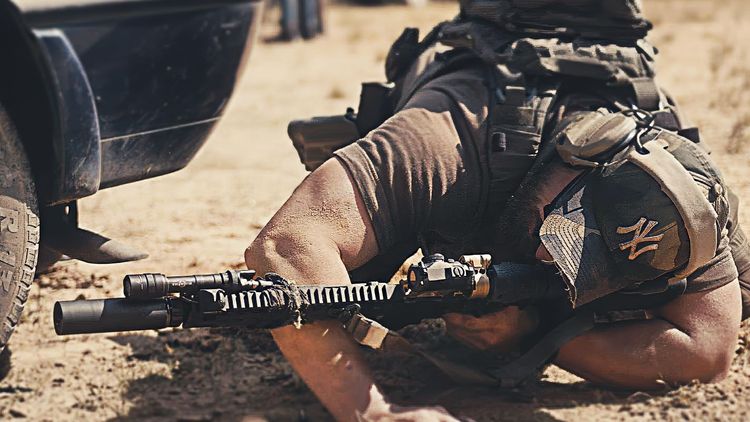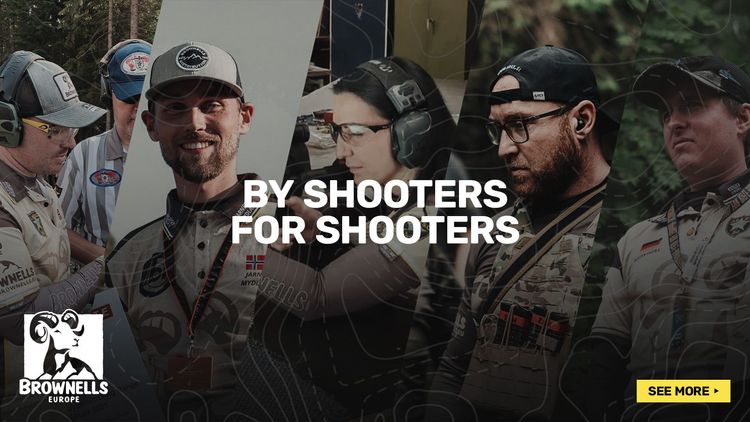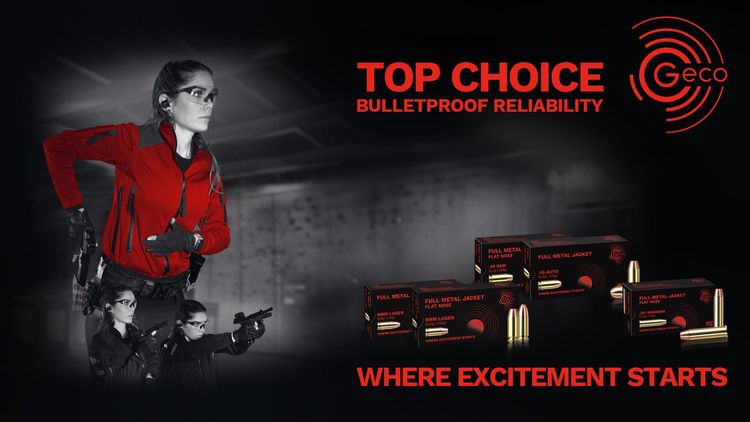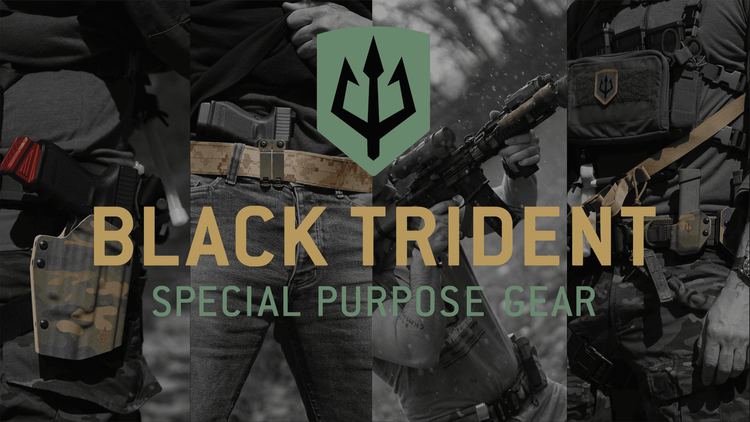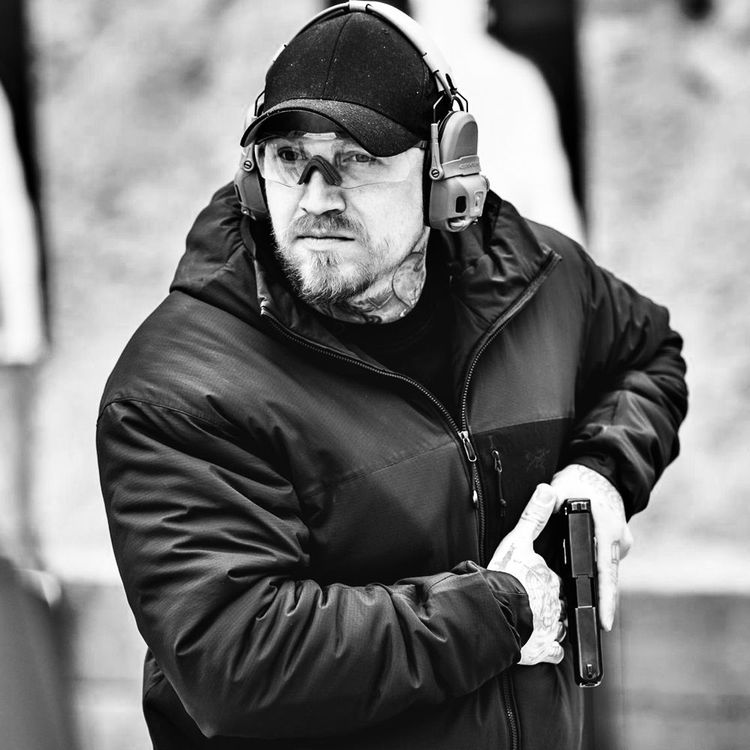The variety of products on the market of silencers for AR's has grown considerably in recent years. Some products stand out in particular.
Wyssen Defence from Switzerland has gained a great deal of experience in the construction of silencers and self-loading rifles and has brought a large product portfolio onto the market. Jürg Wyssen, the owner, has more than 25 years of experience in development and production for Swiss gun manufacturers. Originally based in cable car and avalanche blasting technology, the family business has its own branch with a development and production department for the arms industry.
The company has won tenders from the Swiss police and army and supplies several European special forces.
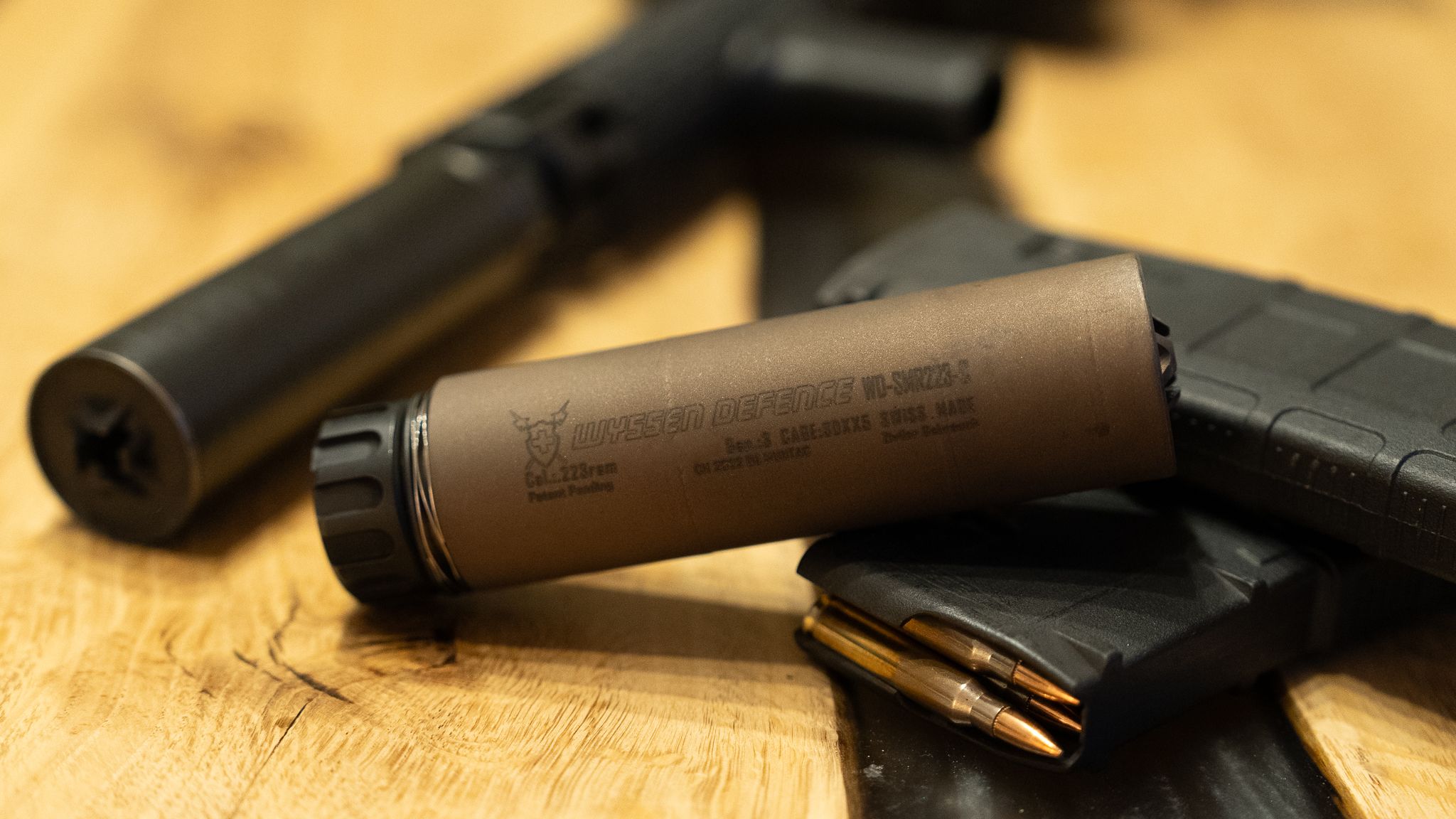
One of Wyssen Defence's specially developed silencers is the SMR-C for .223 Remington.
It is made of steel and Inconel 718, a corrosion-resistant nickel-chromium alloy that can withstand extreme temperatures. The use of Inconel has been successful in the field of silencers, which have to withstand higher firing loads. The material was originally used in engine construction and combustion chambers for gas turbines. Due to its temperature resistance, which is partly due to the fact that a thick oxide layer forms on the surface when heated, silencers can be fired up to red-hot (approx. 700 degrees Celsius).
Inconel is a heavy material, but the SMR-C weighs just 340 grams, making it significantly lighter than competing products. This was made possible by a special design. In the manufacturing of silencers, orifices and spacer rings are usually inserted into an outer body to form chambers. Wyssen Defence developed orifices with integrated spacer rings, which are placed on top of each other during the production process and welded together by robots. The spacer rings thus also form the housing. As a result, a larger internal volume can be achieved with the same external diameter. This not only saves weight, but also improves the damping performance.
On the inside, Wyssen Defence places great importance on designing everything symmetrically. For example, all relief holes in the orifices are always on both sides to ensure an even gas flow.
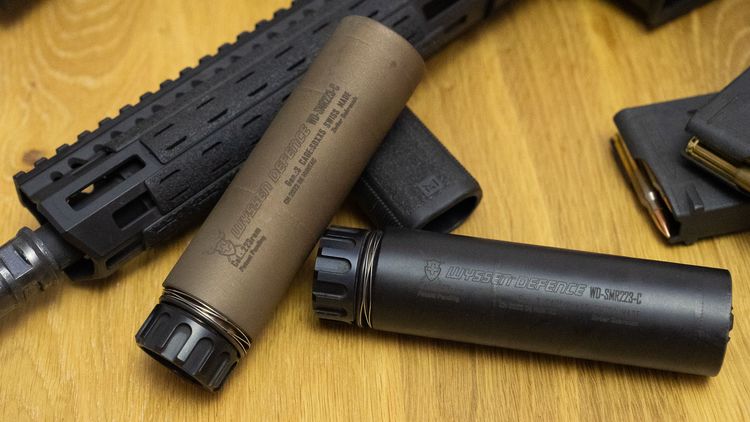
Specifications:
- Caliber: .223 Remington / 5,56 NATO
- Length: 151mm
- Effective extension of the weapon: 84mm
- Diameter 39mm
- Weight: 340g
- Material: hardened stainless steel and Inconel 718
- Suppression power: approx. 24dB measured 1m from the muzzle
- Available colors: Gray, black, brown
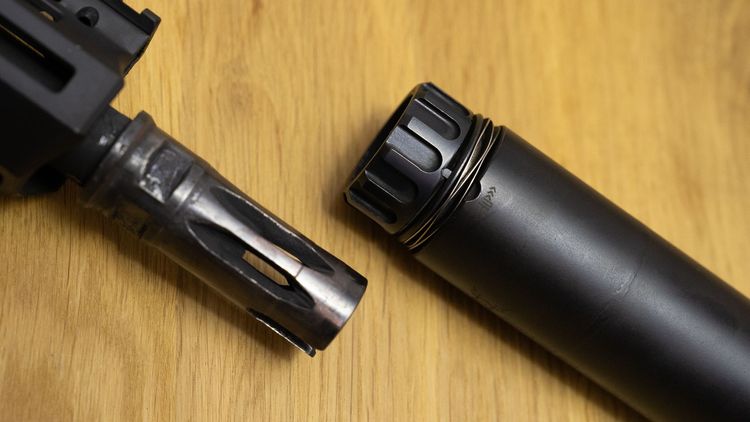
Many manufacturers develop their own muzzle components for their silencers and there is rarely cross-compatibility, which almost always makes it necessary to replace the muzzle component. Although Wyssen Defence also offers specially developed muzzle components, it also allows the use of models already available on the market.
The SMR-C is mounted on the company's own WD556MB muzzle brake or Rotex IIa-compatible muzzle attachments from B&T. There is also a version compatible with Surefire muzzle components. We find this particularly positive.
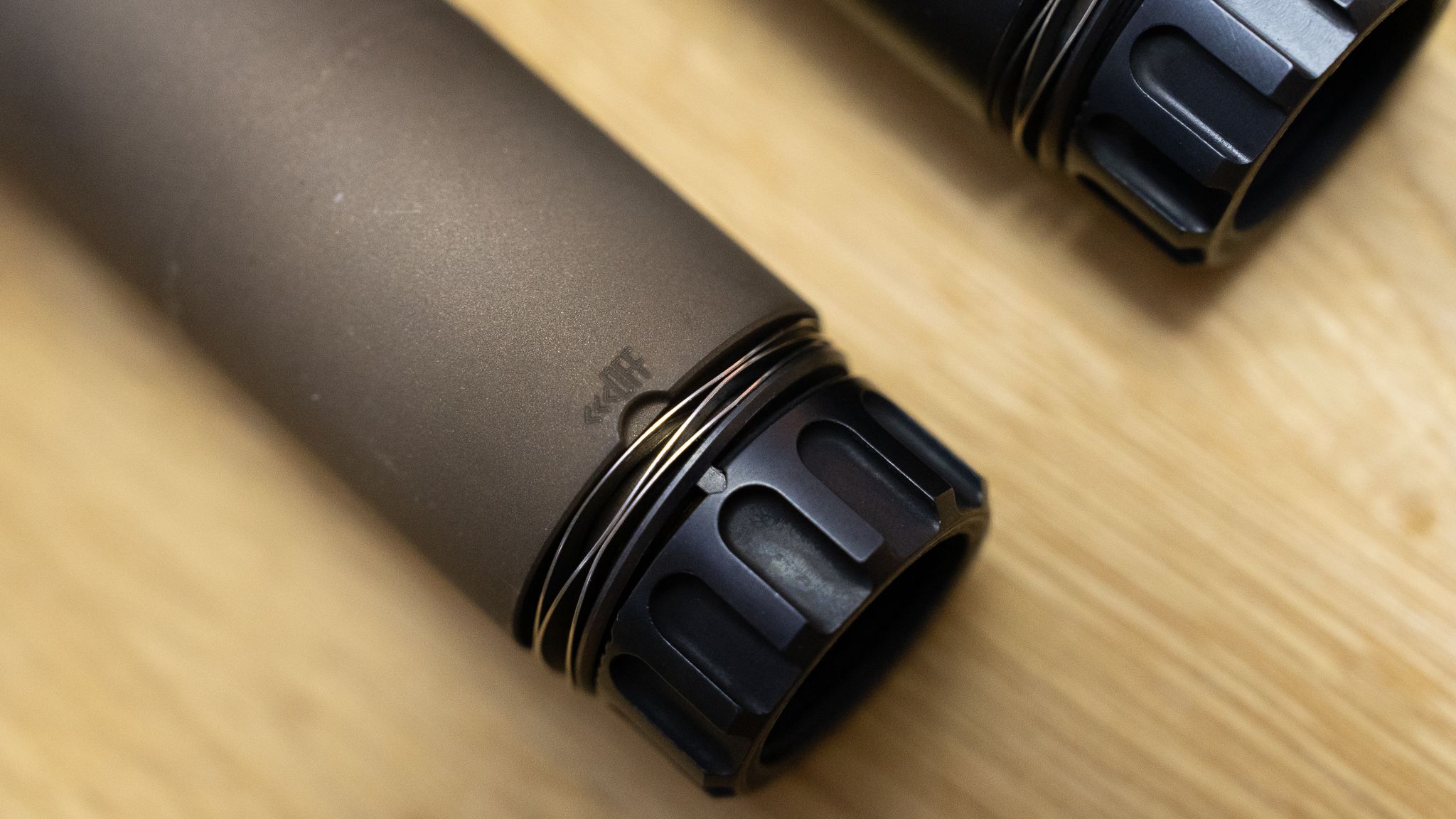
The silencer is locked in place with a hardened steel locking ring. Quick and uncomplicated, hence the name SMR for Speed Mount Rifle. It is not necessary to turn the silencer body. This means that the silencer can always be aligned in the same way and a consistent point of impact can be guaranteed.
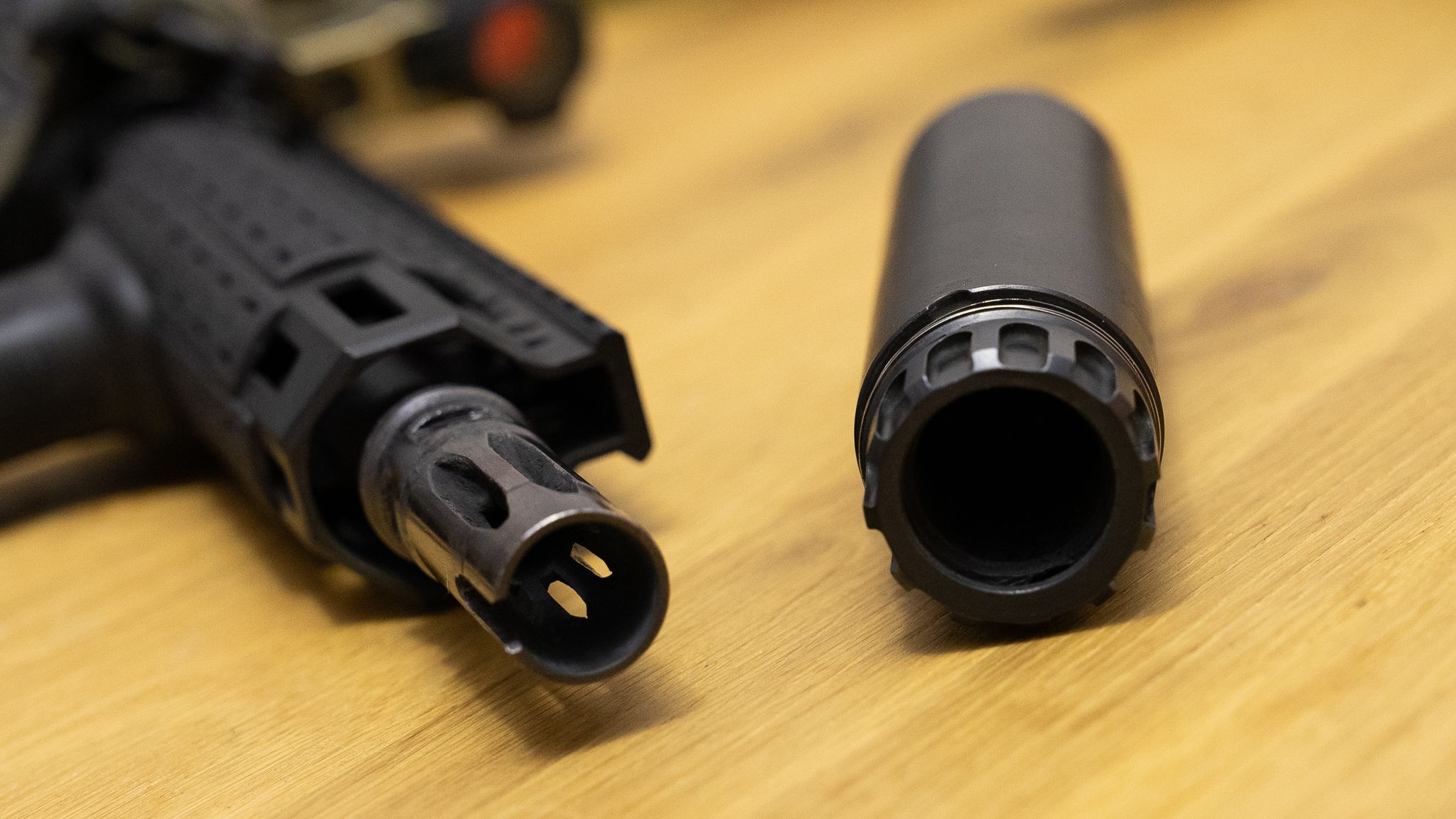
With classic silencers, a gas back pressure occurs in the system, which leads to excessive function. An adjustable gas block is therefore required for use in order to ensure perfect function and prevent unnecessary wear.
Wyssen Defence has minimized this effect in the SMR-C; the suppressor only increases the bolt speed by 11 percent (measured with a Stgw. 90). Nevertheless, we recommend the use of an adjustable gas block with the SMR-C. The gas back pressure in the direction of the shooter through the ejection port as well as in the area of the loading lever (with AR-style weapons) is unpleasant for the shooter and also not conducive to health. Particularly when shooting at closed ranges, a clear cloud of gas can be observed around the weapon during longer series of shots.
Good tuning of the system also reduces wear on the weapon and prevents unnecessary wear.
With a genuine passion for firearms and our expert knowledge, we've got what you need! Whether you're looking to maintain, repair, or upgrade, Brownells Europe has got you covered ...
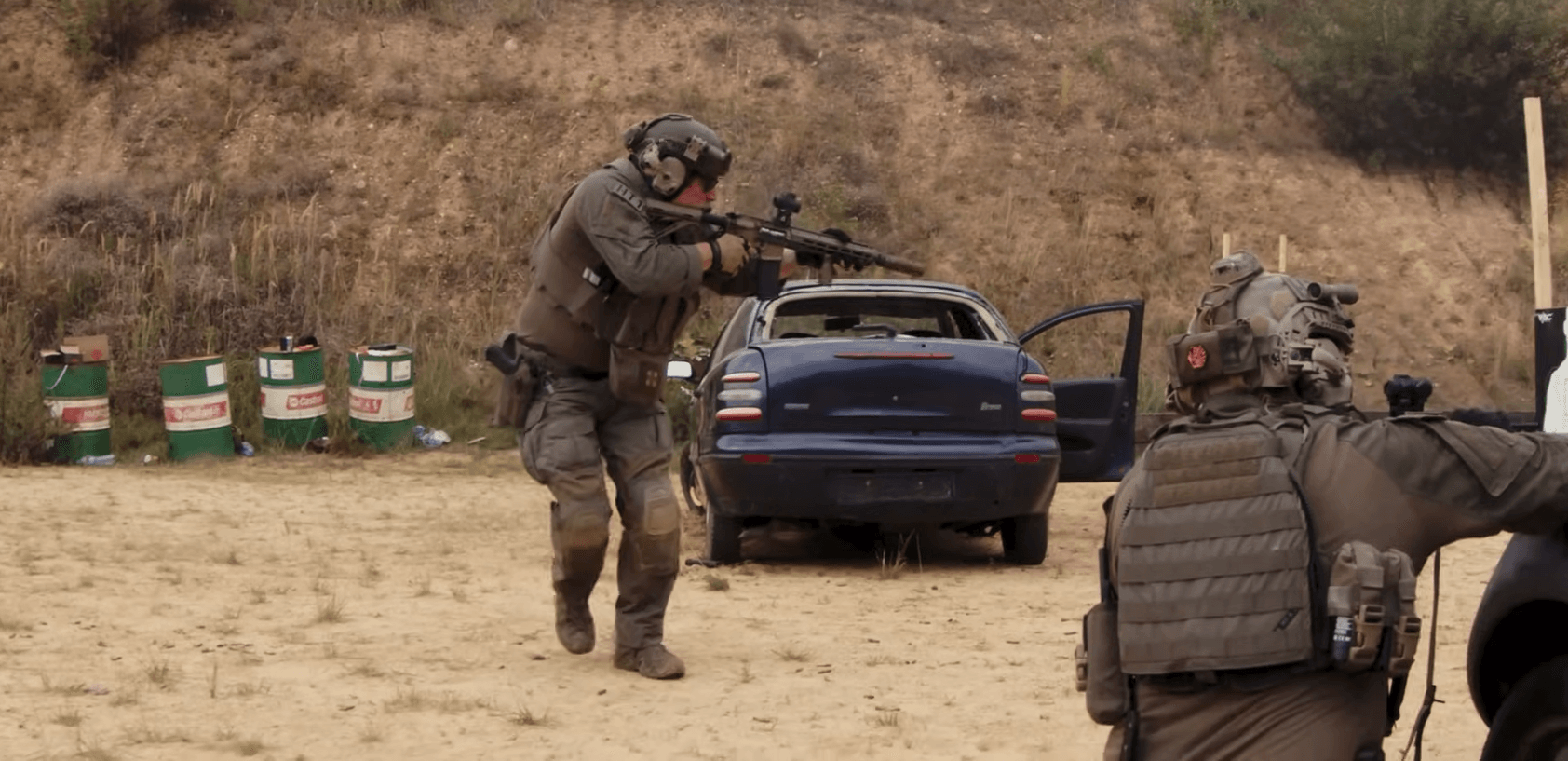
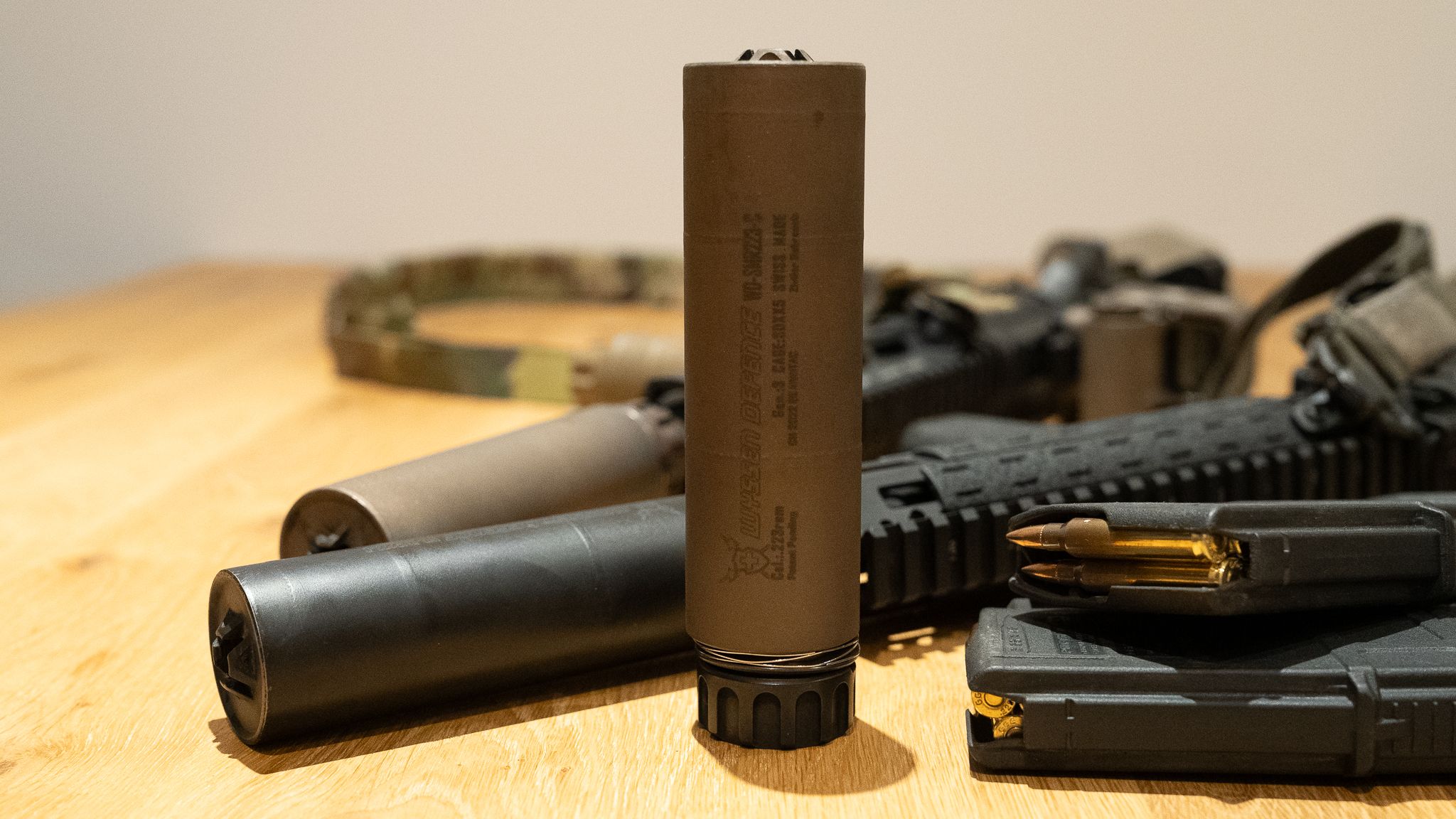
We used an H&K MR223 11” with adjustable gas block with 5 positions from Waffen Burk on the SD1 setting in our test, with which the system was functionally reliable but still much more pleasant to shoot. In the long-term test, we also used a POF adjustable gas take-off on our Windham Weaponry AR15 with an 11.5“ barrel and a Waffen Burk 5-position gas take-off on our Haenel CR223 with a 12.5” barrel.
To find the ideal setting for adjustable gas blocks, it is advisable to start with the smallest possible setting and reduce the gas flow to the lowest possible level. A cartridge is then loaded into the magazine and fired. If the case is not ejected and the bolt does not remain locked in the open position, the next largest setting is selected and the process is repeated until the empty case is ejected and the bolt remains open. If this is the case, the gun should be held loosely, ideally not shouldered, and fired. If the bolt also remains open, it is ensured that the gun has enough gas reserves to function safely even in modified stops and/or when soiled.
If you would like to have some additional reserves for safety's sake, for example to ensure safe operation even with increasing soiling, select a setting above this.
We were shooting with GGG 55 grain FMJ at 50m. No point of impact shift could be detected with the silencer. However, this depends not only on the silencer used, but also on the complete system and is individual. It is always advisable to shoot comparison groups with and without a silencer. When using the SMR-C with all test guns, we were able to achieve smaller groups than without the silencer.
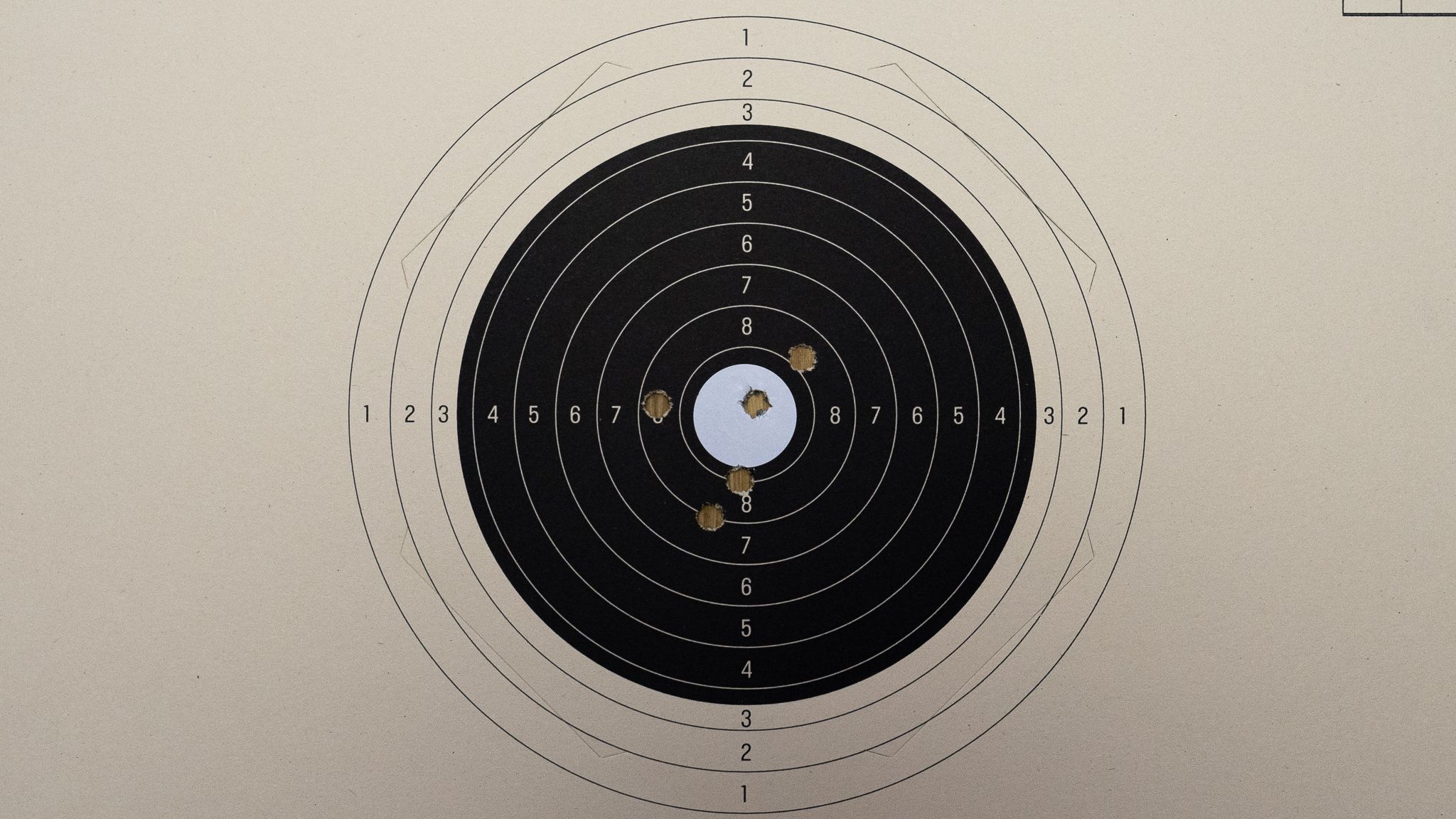 Group with Wyssen.
Group with Wyssen.
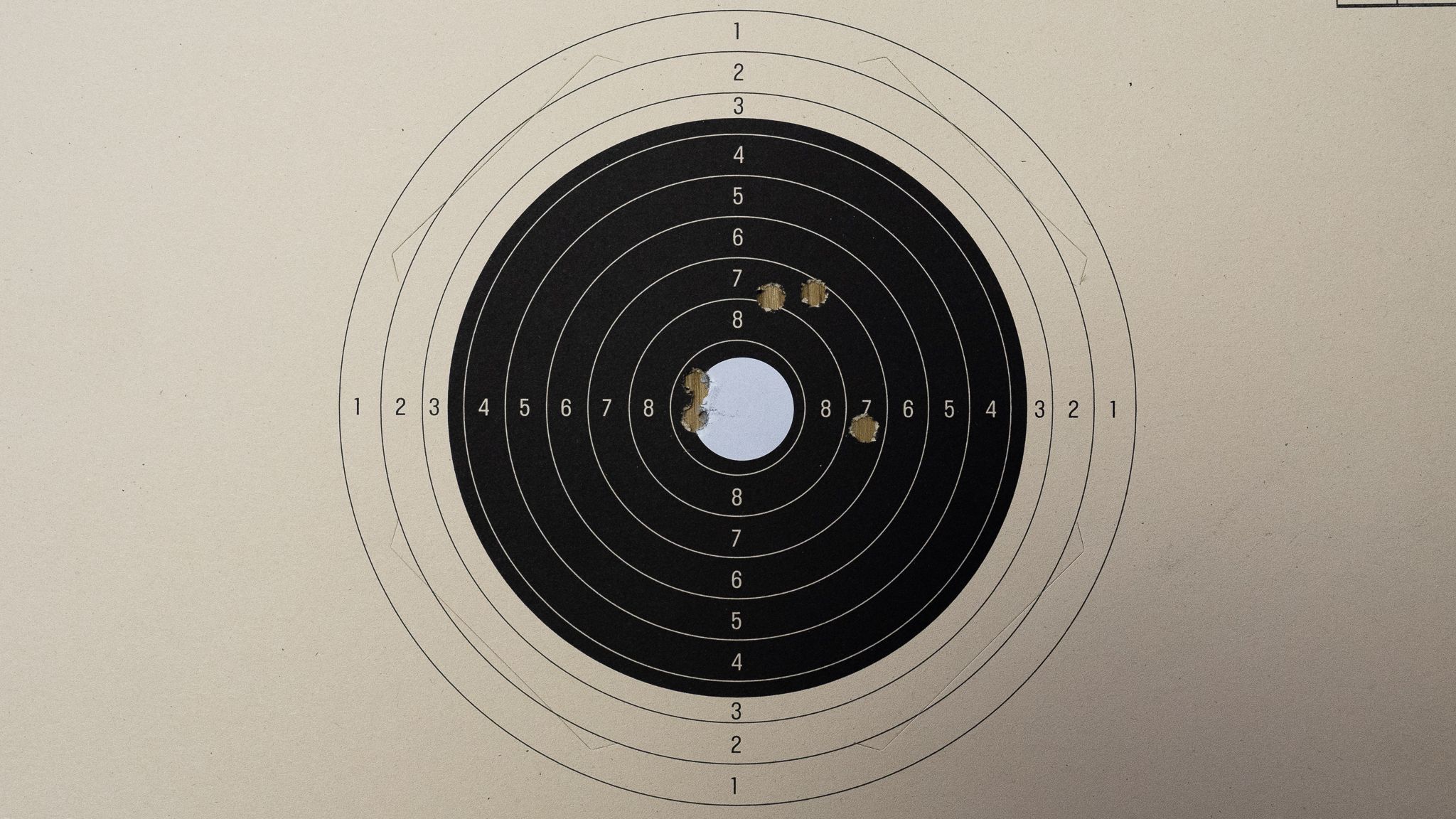 Group without Wyssen.
Group without Wyssen.
With more than 130 years of experience and expertise, GECO today offers a modern and wide range of products for hunters and sport shooters worldwide.
Typical for silencers, the recoil changed from a short, rough to a soft impulse and noticeably reduced the muzzle deflection, especially during dynamic use.
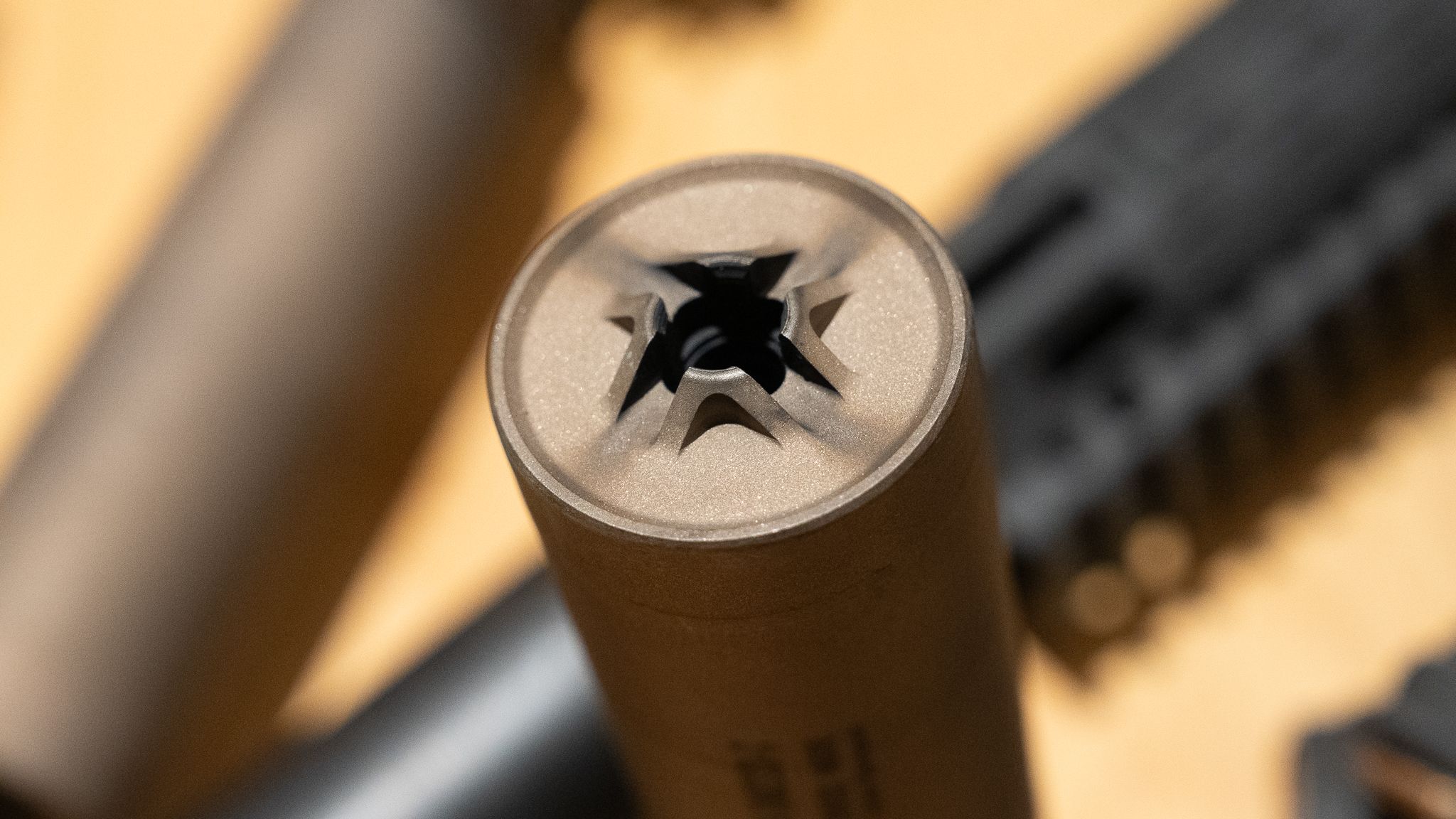
During the first shot, a small amount of muzzle flash was observed in front of the silencer. This is due to the burning of oxygen in the silencer. Wyssen Defence has been able to reduce the muzzle flash to a very low level with an integrated flash hider on the end cap. This phenomenon can no longer be observed from the second shot onwards. We were unable to detect a lower silencing performance on the first shot compared to subsequent shots with the naked ear.
For about 100 shots we had slight sparking at the beginning, which is due to small burrs in the inner workings of the silencer from production. We are also familiar with this phenomenon from silencers with a titanium interior and it completely disappeared after the “break-in” phase.
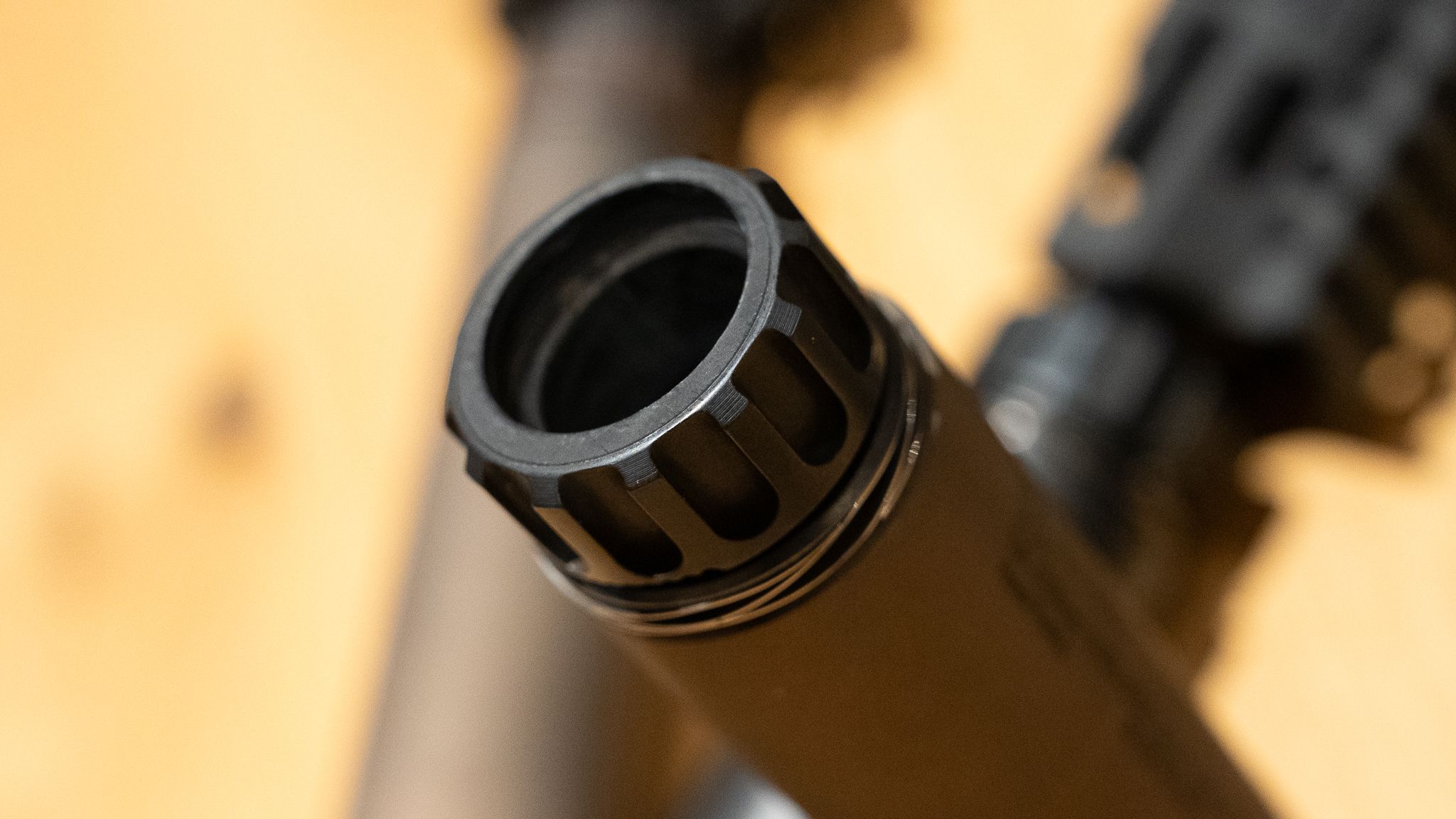
According to the manufacturer, the SMR-C does not require cleaning, as its design means that it cleans itself during use. When firing, the inside of the suppressor is virtually sandblasted by gases and powder residues.
However, the area around the locking mechanism should be cleaned occasionally. This also applies to the muzzle component. Experience has shown that this is where the heaviest soiling occurs during use and is noticeable as the silencer slides more heavily over the muzzle component.
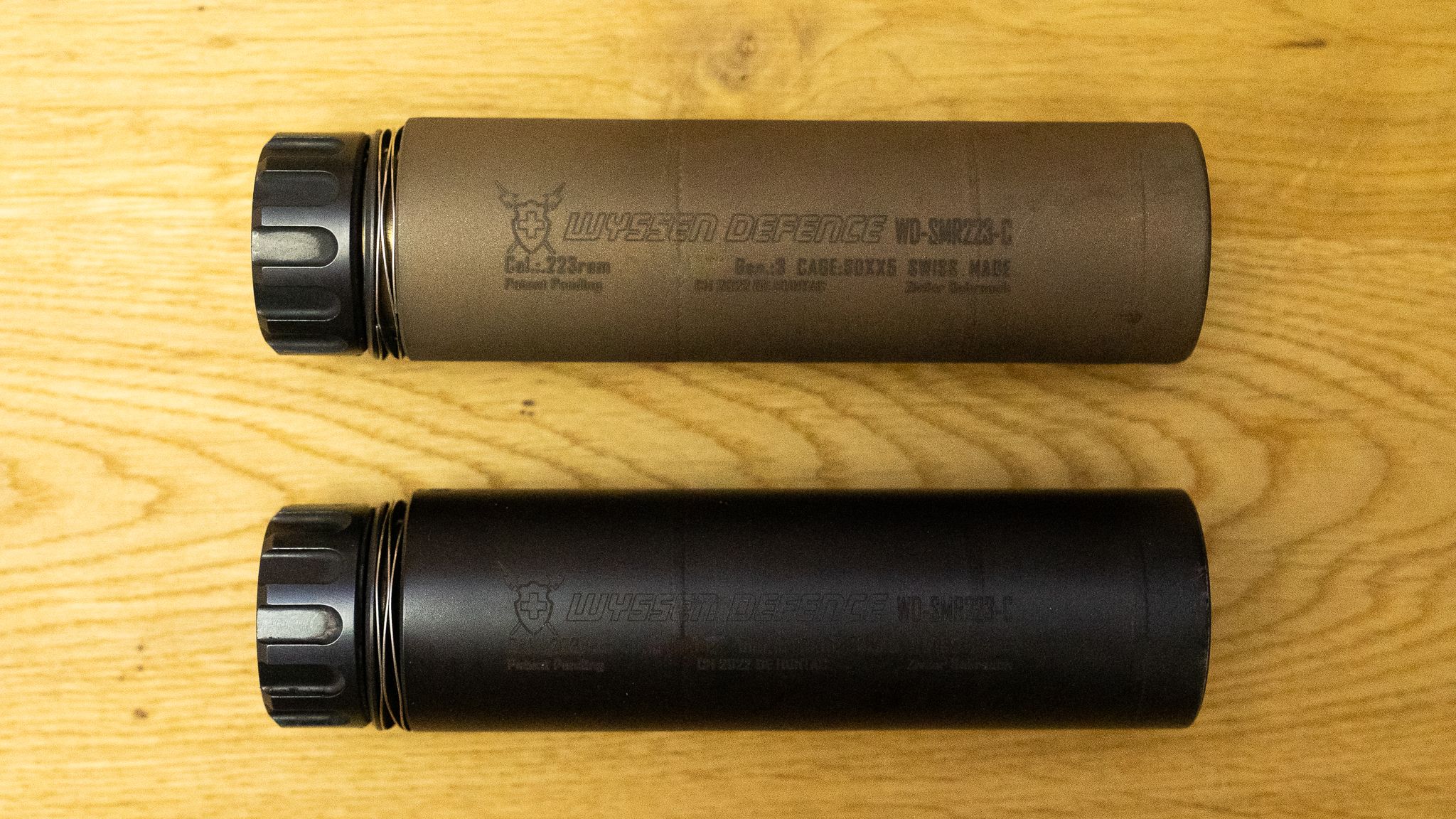
The Wyssen SMR-C has now accompanied us for two years through our personal training as well as on courses ranging from carbine basics and training for authorities to shooting in low-light conditions and under night vision technology.
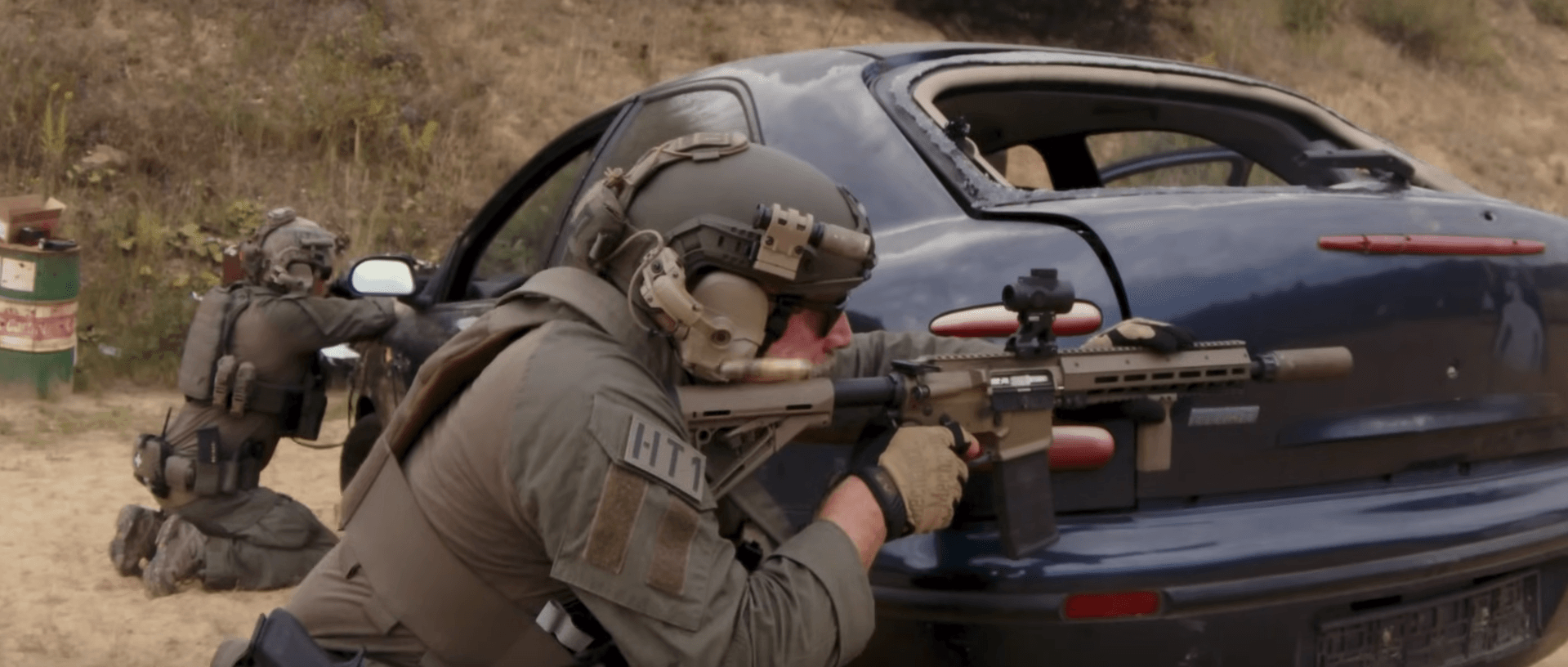

It has not been spared. Shot hot on a regular basis and loaded with up to 500 rounds per day, it keeps its promises and impresses with its user-friendly weight and outstanding robustness.
After approx. 5000 shots in the long-term test, we noticed that the suppressor weighed approx. 30 grams more. This is due to burnt-in deposits and can also be observed in other silencers with a similar design.
We did not notice any change in the damping performance.
Wyssen Defence states a life expectancy of approx. 10,000 rounds. Frequent hot firing can shorten this, as annealing can also occur with Inconel.
Our conclusion
After two years of long-term testing on the course, the SMR-C impresses first and foremost with its low weight and compact size with good suppression performance. Additional weight is particularly noticeable at the muzzle and this is where the SMR-C comes into its own, making it user-friendly. Despite heavy use, the silencer delivers what it promises and scores with its robustness.
Even when shooting with night vision devices, it proves to be completely fit for purpose.
In terms of price, the Wyssen Defense SMR-C is on a par with other Inconel suppressors in the upper price segment of around €830 in Germany.
A continuous-fire approved version (SMR-C 556) is available for authorities.
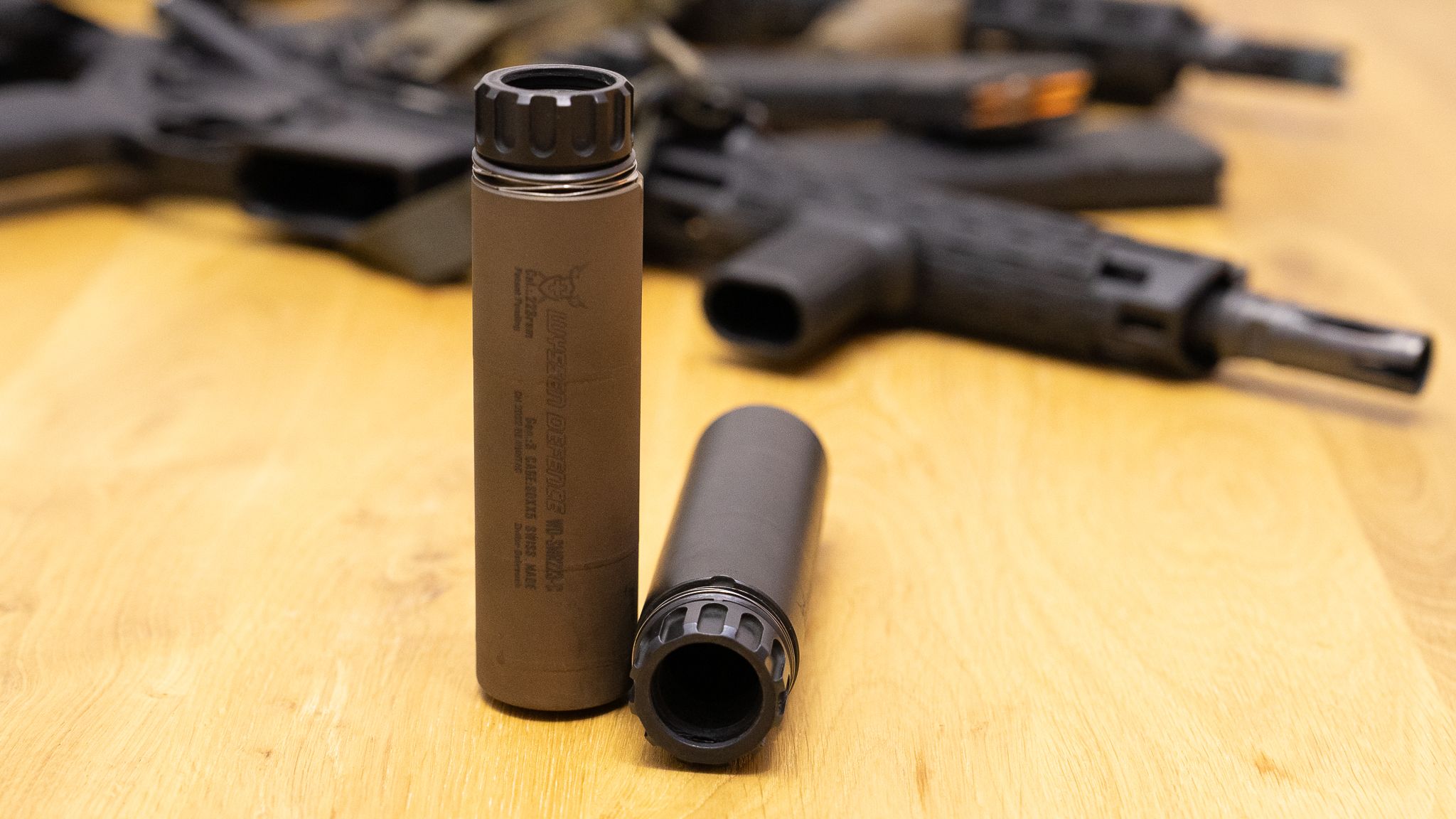
Text and long-term test: Alexander Roßmanith, Oliver Falk (HunTac GmbH & Co. KG)
Pictures: Ferdinand Elfert (Foxtrot Echo Media, LOWREADY MAGAZINE)
Black Trident: Special Purpse Gear & Training. Your Gear is our responsibility. Now, your training is too.

